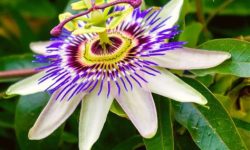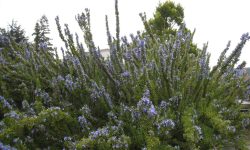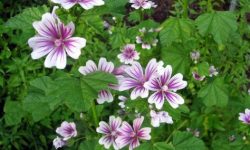Forest Pansy Vs Eastern Redbud
If you’re looking to add a pop of color to your garden, two popular choices are the Forest Pansy and the Eastern Redbud trees. These eye-catching trees are known for their vibrant foliage and beautiful blooms, making them a favorite among gardeners and nature enthusiasts. In this blog post, we will explore the characteristics of both the Forest Pansy and Eastern Redbud trees, as well as compare their leaf color and flowering time. By the end of this post, you’ll have a better understanding of these two stunning trees and be better equipped to decide which one is the perfect addition to your outdoor space. So, whether you’re a seasoned gardener or just starting out, read on to learn more about these colorful additions to any landscape.
Characteristics of Forest Pansy
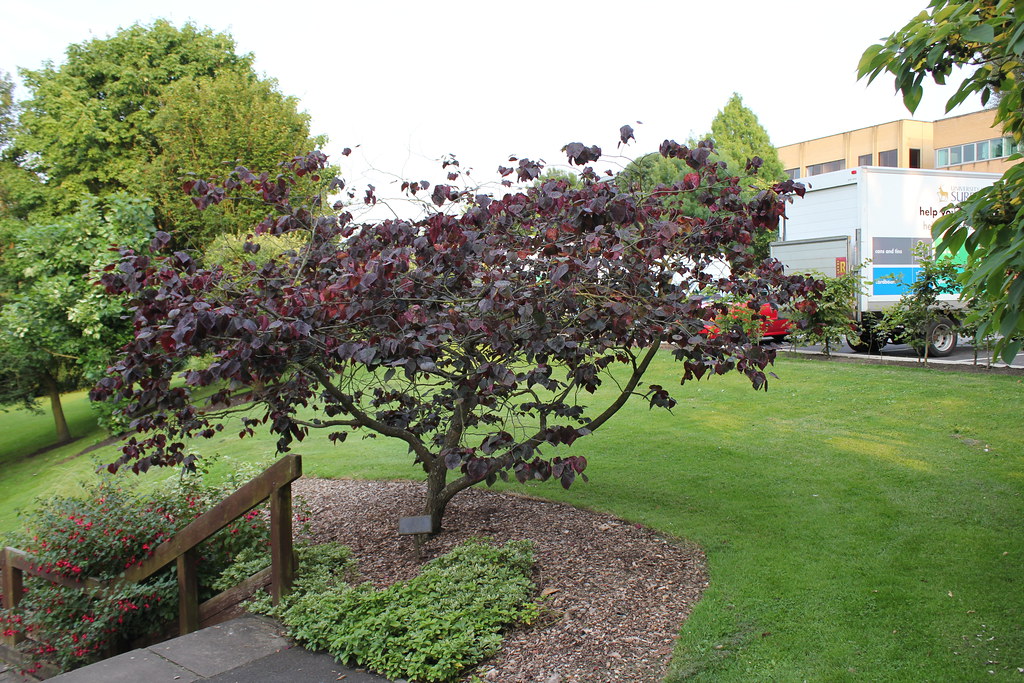
Forest Pansy is a stunning tree known for its vibrant foliage and beautiful flowers. The leaves are heart-shaped and emerge with a reddish-purple hue before maturing to a deep, rich purple. This unique coloration sets the Forest Pansy apart from other redbud varieties, making it a popular choice for landscape design.
In addition to its striking foliage, the Forest Pansy also produces delicate pink flowers in the spring. These blossoms add to the tree’s overall charm and make it an attractive feature in any garden or yard.
When it comes to size, the Forest Pansy typically reaches a height of 20-30 feet at maturity, with a spread of 25-35 feet. Its moderate size makes it suitable for both urban and rural settings, and it can thrive in various soil types and moisture levels.
Overall, the Forest Pansy is prized for its unique foliage, beautiful flowers, and adaptability, making it a beloved choice for homeowners and landscapers alike.
Characteristics of Eastern Redbud
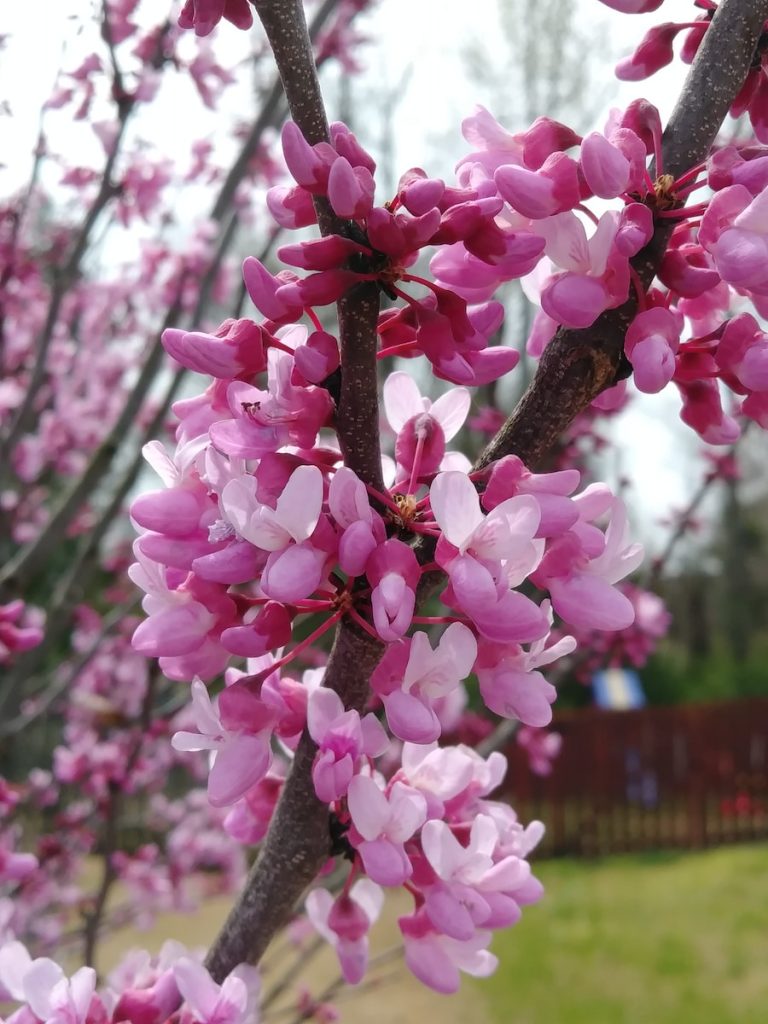
The Eastern Redbud is a small, deciduous tree known for its striking display of pink or purple flowers in early spring. It is native to eastern North America and is a popular choice for landscaping due to its attractive, heart-shaped leaves and unique appearance.
One of the most distinctive features of the Eastern Redbud is its flowering time. The tree typically blooms in early spring, before many other trees have started to leaf out. This makes it a welcome sight after the long winter months, and the colorful display is a signal that warmer weather is on the way.
In addition to its early bloom time, the Eastern Redbud is known for its leaf color. The leaves are typically a deep green color, but can turn a brilliant yellow in the fall before dropping off the tree. This makes it a versatile choice for adding interest to the landscape throughout the year.
Overall, the characteristics of the Eastern Redbud make it a popular choice for home gardens and public spaces. Its early spring flowers, unique heart-shaped leaves, and vibrant fall color make it a standout tree that is sure to attract attention.
Comparison of Leaf Color
When it comes to comparing the leaf color of the Forest Pansy and the Eastern Redbud trees, there are some distinct differences to take note of. The Forest Pansy is known for its striking, deep purple foliage that stands out in any garden or landscape. On the other hand, the Eastern Redbud boasts heart-shaped leaves that start off as a red-purple color before turning into a vibrant green as they mature.
One of the key differences in leaf color between these two trees is the range of color changes that occur throughout the year. While the Forest Pansy maintains its purple hue throughout the growing season, the Eastern Redbud transitions from purple to green as the seasons progress. This makes for an ever-changing display of color in the garden or outdoor space.
Another point of comparison is the overall visual impact that these trees have due to their leaf color. The bold and consistent purple of the Forest Pansy provides a dramatic and eye-catching element in any setting, while the Eastern Redbud’s transition from purple to green offers a more dynamic and evolving presence throughout the year.
Ultimately, both the Forest Pansy and the Eastern Redbud provide unique and beautiful leaf colors, each with its own distinct characteristics and visual appeal. Whether it’s the consistent purple of the Forest Pansy or the changing hues of the Eastern Redbud, these trees offer a stunning diversity of leaf color that can enhance any outdoor space.
Comparison of Flowering Time
Comparison of Flowering Time
One important characteristic to consider when choosing between different varieties of plants is their flowering time. This is especially important for gardeners who want a continuous display of blooms throughout the growing season. When comparing the flowering time of different plants, it’s important to consider both the start and end of the blooming period. For example, Forest Pansy typically blooms in early spring, with colorful flowers that last for several weeks. In contrast, Eastern Redbud typically flowers a few weeks later, extending the overall flowering period in the garden.
Another factor to consider when comparing flowering time is the duration of the bloom. While both Forest Pansy and Eastern Redbud have a relatively long flowering period, the intensity and duration of the bloom can vary from year to year depending on climatic conditions. Some years, one variety may have a more prolific and longer-lasting bloom than the other, making it a better choice for that particular season.
In addition to the timing and duration of the bloom, it’s important to consider the overall effect of the flowering time on the garden design. For example, if you want to create a harmonious color scheme throughout the garden, you may choose to plant varieties with overlapping bloom times. On the other hand, if you want to create a sense of progression and seasonal interest, you may choose varieties with distinct and sequential flowering times.
Ultimately, the choice of plants based on their flowering time will depend on the specific goals and constraints of the garden design. By carefully comparing the flowering time of different varieties, gardeners can create balanced and visually appealing displays that evolve and change throughout the growing season.
Frequently Asked Questions
What are the characteristics of Forest Pansy?
Forest Pansy is a small deciduous tree with heart-shaped leaves that emerge a glossy, deep red-purple color in spring, changing to a more subdued purple as they mature. The leaves turn green with a maroon undertone in summer and then to yellow or yellow-green in the fall.
What are the characteristics of Eastern Redbud?
Eastern Redbud is a small tree with a short trunk and spreading branches, typically growing 20-30 feet tall. It is most noted for its striking pea-like, rose-purple flowers which bloom profusely on bare branches in early spring before the foliage emerges.
How does the leaf color of Forest Pansy compare to Eastern Redbud?
The leaf color of Forest Pansy emerges as a glossy, deep red-purple in spring and changes to a more subdued purple as they mature. The leaves of Eastern Redbud are green but turn a yellow-green in the fall.
How does the flowering time of Forest Pansy compare to Eastern Redbud?
Forest Pansy typically blooms in April, while Eastern Redbud blooms profusely on bare branches in early spring before the foliage emerges.
Which tree is better for fall foliage, Forest Pansy or Eastern Redbud?
Forest Pansy is known for its spectacular display of yellow or yellow-green leaves in the fall, making it a stunning choice for fall foliage. Eastern Redbud, on the other hand, doesn’t have as showy of a fall display.
Which tree is more suitable for small spaces, Forest Pansy or Eastern Redbud?
Both Forest Pansy and Eastern Redbud are small trees, but Eastern Redbud with its shorter trunk and spreading branches is often considered more suitable for smaller spaces.
In terms of overall ornamental value, which tree would you recommend, Forest Pansy or Eastern Redbud?
Both trees have their own unique charm, but if you are looking for a tree with multi-seasonal interest, Forest Pansy with its unique foliage color in spring, stunning fall display, and overall graceful form would be a preferred choice for overall ornamental value.

